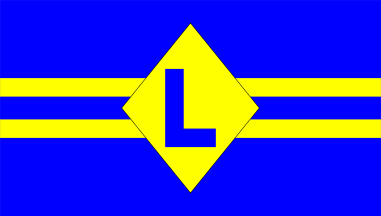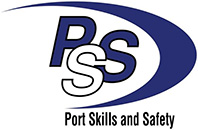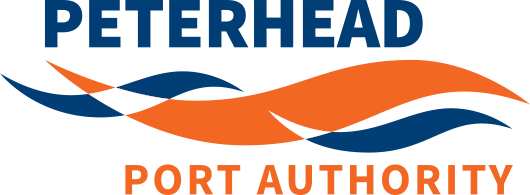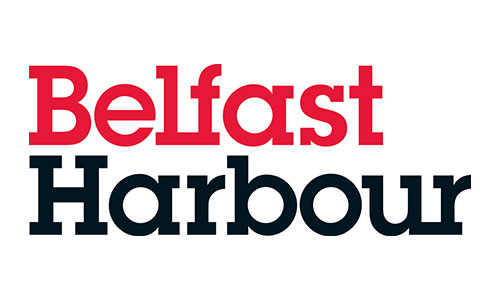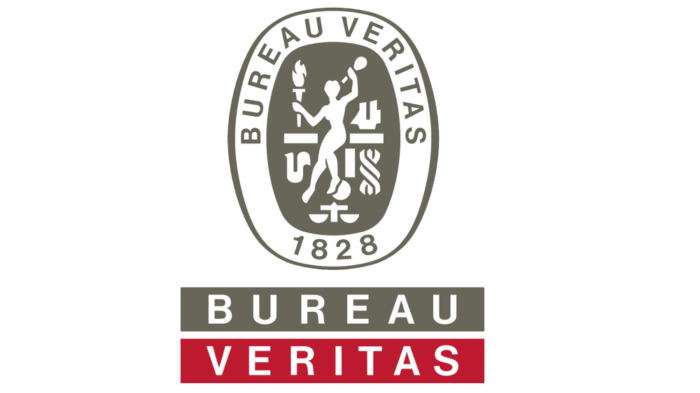Danger Of Crew Transfer Via Pilot Ladder
In the maritime world it is not always possible to conduct crew changes whilst the vessel is alongside. Many crew changes need to occur whilst the vessel is at anchor or secured to an SPM.
It’s likely that the crew members undertaking this procedure might not be familiar with boarding a vessel by pilot ladder and it can be a stressful procedure for many individuals. It is therefore imperative that crew members conducting such transfers are as prepared as possible with the necessary knowledge and ability to carry out these transfers safely.
One such transfer that took place off the coast of Queensland resulted in a fatality when the transfer vessel and ship failed to communicate effectively and ensure the safety of the pilot ladder transfer. The AMSA report detailed a catalogue of failings that led to the tragic outcome.
When conducting such transfers it is imperative the crewing agency or vessel operator have a set of criteria and guidance to ensure the operation can be carried out in a safe manner. There are considerations to make prior to organising the crew transfer, procedures and structures that need to be followed during the procedure and standards that the transfer vessel operator and the ship need to follow.
Selecting A Transfer Craft
It is important that whoever is responsible for the organisation of the transfer craft is given strict instructions of the minimum standards that should be expected and that these are rigorously enforced. As a minimum the vessel shall
1. Be crewed with a minimum of 2 personnel to act as coxswain and deckhand. The importance of a deckhand in these operations cannot be over empharsized. They are there to ensure the safety of the crew members throughout the operation and crucially in the event of an emergency situation.
2. Provide each passenger with an appropriate lifejacket. These should ideally be of a self inflating nature to prevent any interference with the passengers ability to climb unhindered.
3. Be of sufficient size and be certified to carry the intended number of passengers.
4. Have means of VHF communication so that the ship can be contacted to allow the master and the coxswain to discuss the operation and agree a safe system of work prior to the arrival of the transfer craft.
5. Have emergency means of recovery in the event of a man overboard situation and that all crew members are fully briefed prior to departure in their operation. A lifebuoy does not constitute a safe means of recovery!
6. Have means on board to illuminate the pilot ladder arrangement at night. This can be by means of a coxswain operated searchlight or similar.
Prior To Departure
Prior to departing the passengers shall be given a full safety brief by the transfer vessel operator or crew members. This shall cover the vessels emergency systems including the emergency MOB recovery system.
Passengers should be fully briefed regarding the transfer operation including the intended system for embarkation and the procedure from moving from the cabin to the deck where transfer will take place.
Passengers should be fully briefed in the procedure for transferring from the transfer craft to the pilot ladder and given general advice regarding the different types of pilot ladder arrangement they may encounter.
Upon Arrival At The Vessel
Early VHF contact shall be made between the transfer vessel and the ship to ensure sufficient personnel are available to facilitate the transfer and that a responsible officer is available on deck to supervise the operation.
The transfer craft coxswain should establish the wind and wave conditions at the ship. What type of pilot ladder arrangement has been rigged and on what side of the ship. The ship should have her engines ready in case of the need to create a better lee to make the procedure safer.
The transfer coxswain should inform the vessel of the number of passengers to transfer and information regarding the transfer of any luggage. They should also establish how many crew members will be disembarking the vessel and again ascertain the amount of luggage to transfer.
The transfer vessel should take time to visually inspect the pilot ladder arrangement using their searchlight at night to confirm so far as reasonably possible that the ladder is rigged in a safe and compliant manner.
Once both the transfer craft and ship have exchanged information, the coxswain is satisfied with the lee and the quality of the pilot ladder arrangement crew transfer can take place.
The Crew Transfer Procedure
Crew members should climb the ladder one at a time. It is important the deckhand ensures each crew member is clear of the pilot ladder (or accommodation ladder for a combination rig) prior to allowing the next person to climb.
Crew members should be told to take their time when transferring from the boat to the ladder and the deckhand can assist in ensuring the timing is correct. No bags should be worn during the transfer process as they inhibit freedom of movement and could interfere with the deployment and effectiveness of the lifejacket.
The deckhand should watch each member of crew until they are safely on deck. Once personnel have boarded their bags can then be transferred by heaving line.
On completion of baggage transfer any departing members of crew may begin to climb down the pilot ladder again one at a time.
The deckhand should give a clear verbal countdown indicating the number of steps to go and assist the crew member as the step onto the transfer craft. Upon completion of crew transfer any luggage may then be taken on board again by heaving line.
Having safe procedures for crew transfer operations via a pilot ladder are essential to ensure compliance and the welfare of your crew. Fathom Safety has courses suitable for crewing agencies, ship managers and operators as well as crew transfer vessel operators to use as training for crew prior to boarding or disembarking a vessel. Our crew transfer via pilot ladder course gives a complete guide to what, when and how of transfering crew via pilot ladder in easy to undertsand animated video.




